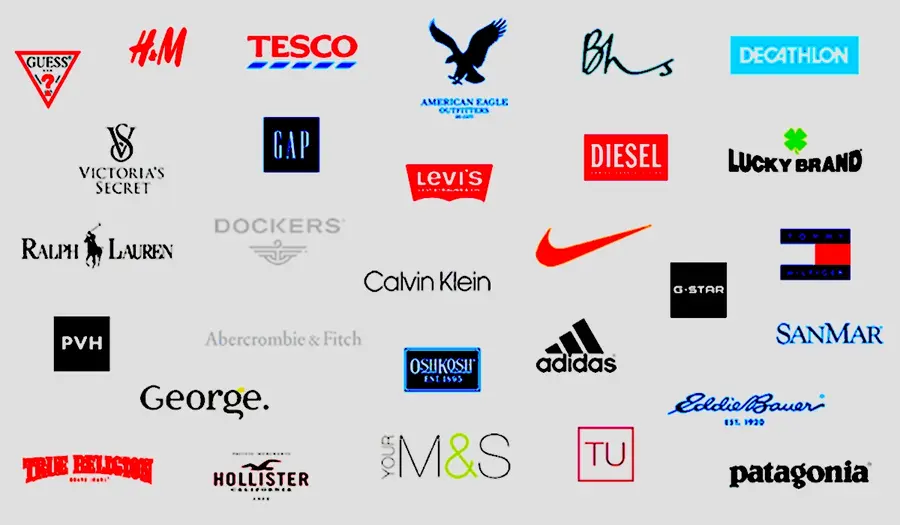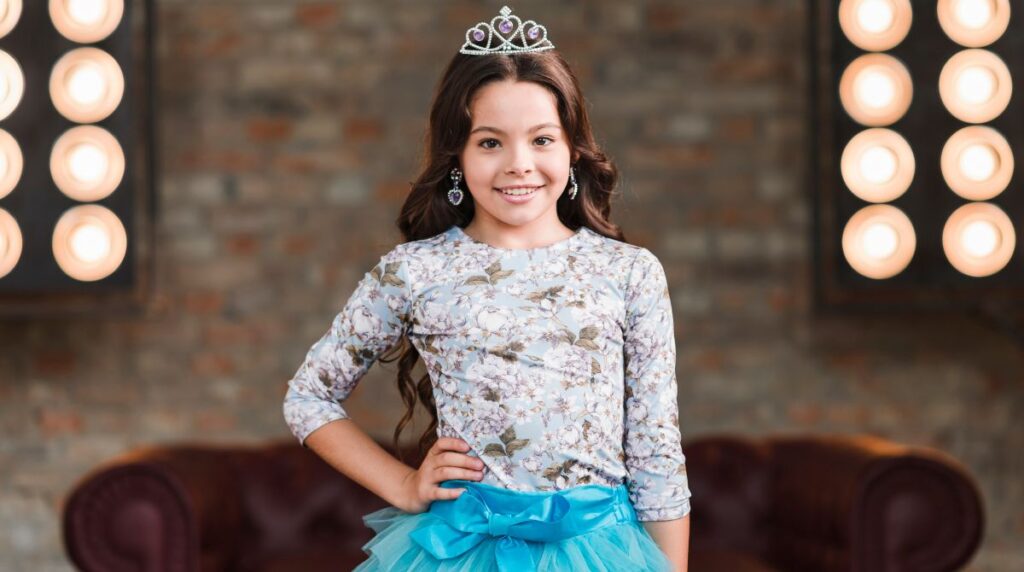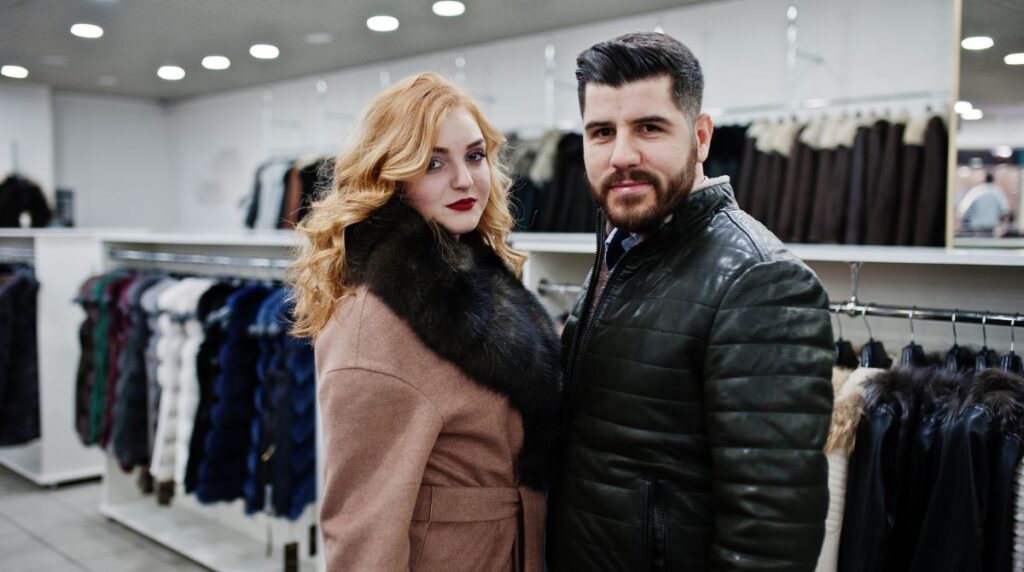Ever wondered what it takes to build a successful fashion brand company?
We’ve all heard the big names in the industry, but how do they go from ideas to household names?
Let’s face it, with new brands popping up every day, the fashion industry is more competitive than ever.
So, if you’re someone thinking about launching a brand or just curious about how these companies operate, you’re in the right place.
In this article, we’ll dig into what makes a fashion brand company stand out.
I’ll walk you through the key elements, share some insider tips, and give real-world examples of brands doing it right.
Whether you’re just starting or already in the game, there’s something here for you.
What Exactly Is a Fashion Brand Company?
Let’s keep it simple.
A fashion brand company is a business that designs, creates, and sells clothing, accessories, or footwear under a specific name or label.
But here’s where it gets interesting—the success of a fashion brand company isn’t just about having great products.
It’s about the brand story, identity, and the relationship they build with customers.
Think about brands like Nike, Gucci, or Zara.
Sure, they sell products, but what they really sell is a lifestyle, a feeling, an identity.
That’s where the magic happens.
The Key Elements of a Successful Fashion Brand Company
So, what makes a fashion brand company successful?
It’s not just about trends or fancy logos.
Here are the key factors that every thriving fashion brand gets right:
1. Brand Identity
This is the foundation of any fashion brand company.
Without a strong brand identity, your company is just another name in a sea of competitors.
What does your brand stand for?
What message are you trying to convey to your audience?
Successful fashion brands have a clear identity that resonates with their target audience.
Nike is all about performance and empowerment.
Gucci screams luxury and exclusivity.
And then there’s Zara, which thrives on fast fashion, always delivering the latest trends.
Here’s how you can develop a strong brand identity:
- Know Your Audience: Who are you speaking to? Are they young professionals, eco-conscious consumers, or trendsetters?
- Craft Your Story: Share your why. People love brands with a story. What inspired you to start this brand?
- Consistency: Keep your messaging, tone, and visuals consistent across all platforms. If you’re laid-back on Instagram but formal on your website, customers get confused.
2. Quality and Craftsmanship
Let’s not kid ourselves—at the end of the day, people want quality.
If your fashion brand company is selling poorly made products, you can forget about customer loyalty.
People are willing to pay for quality, and if your brand delivers on that, you’ve got a winning formula.
Take Everlane for example.
Their whole ethos is about transparency and high-quality, ethically made products.
And customers? They love it.
Focus on:
- Sourcing the Best Materials: The fabric you choose plays a big role in how your brand is perceived.
- Attention to Detail: Small things like stitching, fit, and durability can set your brand apart from competitors.
- Sustainable Practices: More consumers are leaning towards brands that prioritise sustainability. Think of using eco-friendly fabrics or ethical production methods.
3. Pricing Strategy
Pricing can make or break your fashion brand company.
Too expensive, and you alienate a large portion of your audience.
Too cheap, and you lose out on the perception of quality.
Finding that sweet spot is crucial.
Luxury brands like Louis Vuitton thrive on high price points to create exclusivity.
Meanwhile, Uniqlo balances affordable pricing with high-quality basics.
How to nail your pricing:
- Understand Your Market: Are you a premium brand or a budget-friendly option?
Set prices that reflect where you want to position your brand. - Keep Costs in Mind: Don’t forget to factor in production, marketing, and operational costs when pricing your items.
- Test and Adjust: Sometimes, you need to experiment with pricing. Test different price points to see what resonates with your audience.
4. Customer Experience
Here’s the deal—brands that focus on creating amazing customer experiences will always win.
From how customers feel when they browse your site to how they’re treated post-purchase, it all matters.
Take Nordstrom as an example.
Their customer service is legendary.
People shop there not just for the products, but for the experience.
Here’s how to deliver a top-notch experience:
- Easy-to-Navigate Website: Your website should be simple, fast, and mobile-friendly.
- Clear Communication: From order confirmations to shipping updates, keep your customers in the loop.
- After-Sale Support: Offer a seamless return or exchange process. Make sure your customers feel valued even after they’ve made a purchase.
5. Marketing and Social Media Presence
Let’s be real—if your fashion brand company isn’t active on social media, you’re missing out.
These platforms are where your audience hangs out, shares trends, and discovers new brands.
But it’s not enough to just post pretty pictures.
Your social media game needs to be on point.
Brands like Glossier and Fashion Nova have nailed this.
They use social platforms to engage with their audience, promote products, and build a community.
How to build a strong social media presence:
- Authentic Engagement: Don’t just promote—interact. Respond to comments, share user-generated content, and be part of the conversation.
- Influencer Collaborations: Partnering with influencers can give your brand a major visibility boost.
- Consistent Posting: Posting sporadically won’t cut it. Consistency is key to staying top-of-mind for your audience.
FAQs About Starting a Fashion Brand Company
1. How do I start a fashion brand company?
Starting a fashion brand company involves defining your brand identity, sourcing materials, creating designs, and building an online presence.
It’s crucial to know your target audience and develop a unique brand story that resonates with them.
2. What are the biggest challenges when starting a fashion brand?
Some of the main challenges include finding reliable suppliers, setting competitive pricing, and standing out in a crowded market.
Additionally, building brand awareness and maintaining quality while scaling can be tricky.
3. How important is social media for fashion brands?
Social media is essential.
It’s where your audience spends their time and discovers new trends.
Platforms like Instagram, TikTok, and Pinterest are crucial for showcasing your products and engaging with potential customers.
4. How do fashion brands set themselves apart from competitors?
Successful fashion brands differentiate themselves through a strong brand identity, high-quality products, excellent customer service, and effective marketing strategies.
They focus on telling a unique story and delivering a consistent experience.
5. Can I start a fashion brand company with a small budget?
Yes, it’s possible to start a fashion brand on a small budget, but you’ll need to be resourceful.
Focus on quality over quantity, use social media for marketing, and consider starting with an online store to keep costs down.
Real Examples of Fashion Brand Companies Nailing It
Now, let’s look at some real-world examples of brands doing it right.
- Patagonia: They’ve built a fashion brand company that’s all about sustainability.
By focusing on eco-friendly materials and ethical production, they’ve created a loyal customer base. - Allbirds: Known for their sustainable shoes, Allbirds has captured a growing market of environmentally conscious consumers.
Their focus on comfort, quality, and simplicity has made them a standout. - ASOS: This online fashion giant has built a reputation for offering trendy clothing at affordable prices.
With a focus on customer experience, fast delivery, and a massive range of products, ASOS has become a global favourite.
The Bottom Line on Building a Fashion Brand Company
Starting a fashion brand company is exciting, but it’s no walk in the park.
It’s about more than just making cool clothes.
You need to build a strong brand identity, deliver quality products, and create an experience that keeps customers coming back.
And most importantly?
You’ve got to keep it real.
Consumers today aren’t just buying products; they’re buying into the brand’s story, values, and vision.
So, whether you’re starting small or dreaming big, remember: authenticity is key.
Your fashion brand company could be the next big thing—if you put in the work and focus on what really matters.




